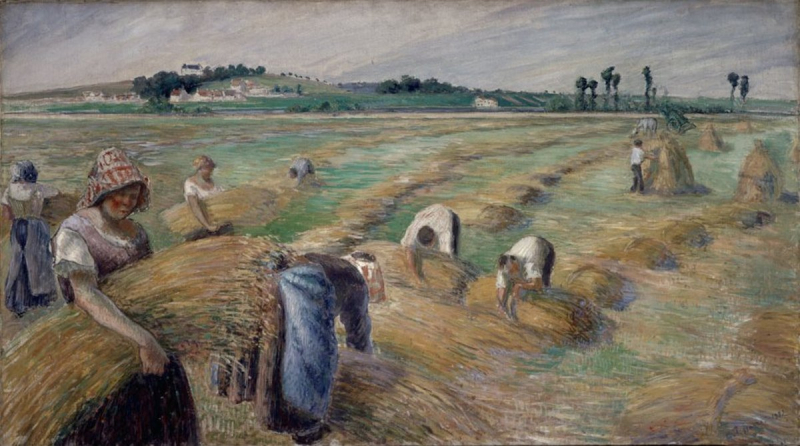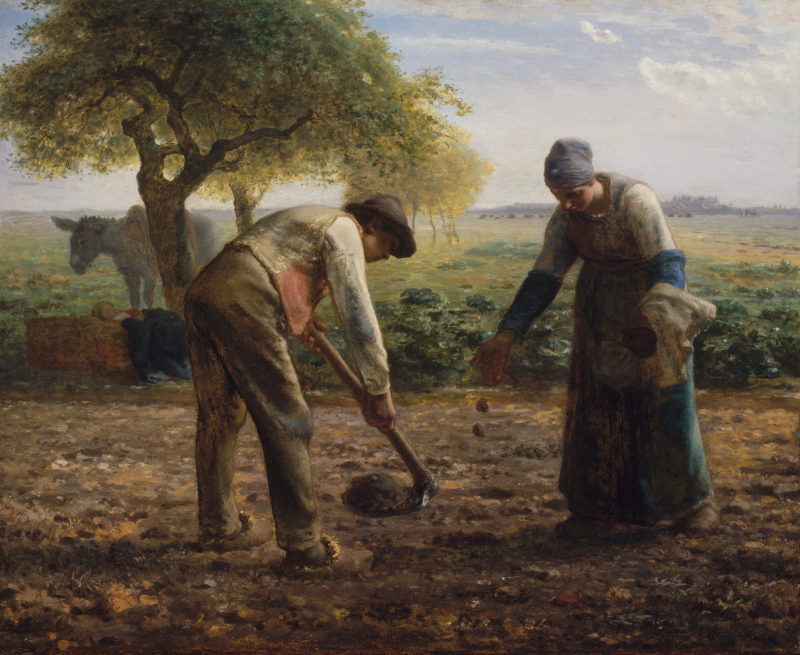Drastic Weather and Poor Harvests in The Preceding Years
The Laki volcano in Iceland erupted in June 1783, blasting volcanic ash high into Europe's atmosphere. This resulted in a harsh winter across Europe in 1784, as well as significant droughts that resulted in poor harvests and starvation in the summers that followed.
In 1787 and 1788, France was hit by a second round of bad crops, this time accompanied by harsh winters. A decade of drastic weather and poor harvests took a toll on France's poor peasants, who were trying to make ends meet on a daily basis. As a result, bread costs increased in tandem with pay decreases. There was a 25% drop in real salaries and an 88 percent increase in the price of bread in 1789 alone.
These immediate difficulties heightened resentment of the underlying problem of land distribution inequity, in which peasants made up roughly 80% of the French population yet owned only 35% of the land. They were to pay a variety of dues to their noble landlords, including levies that were frequently excessively expensive in comparison to their income. Poor harvests had a much harsher impact on Paris, which played a major role in the formation of the sans-culottes, whilst rural peasants could at least support themselves with their farms. The peasants' difficulties enraged them to the point of revolt.












